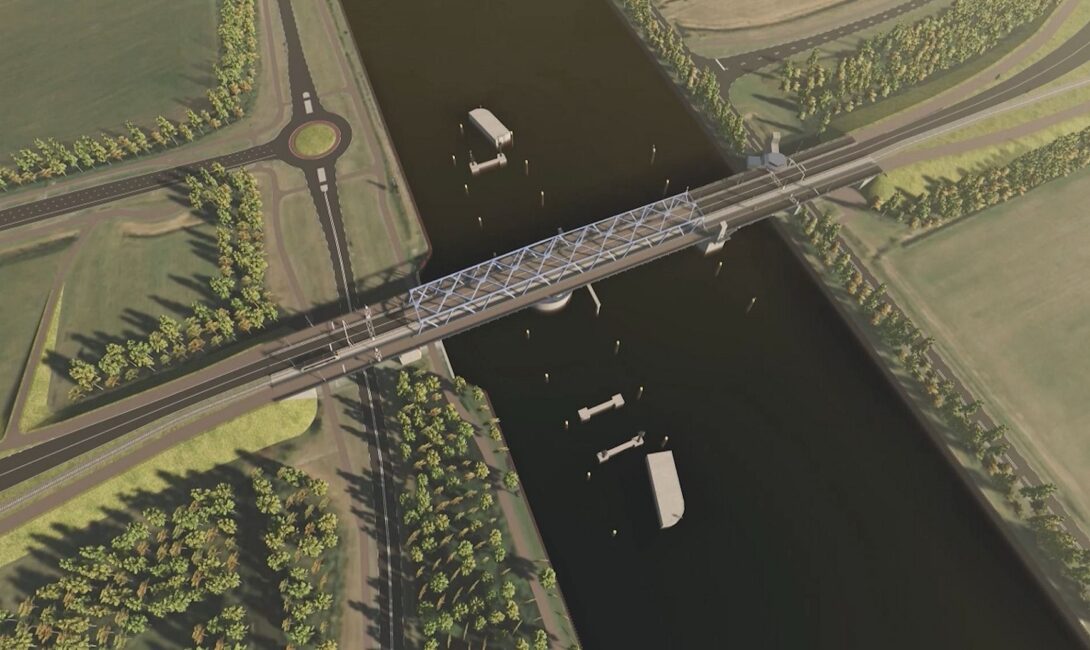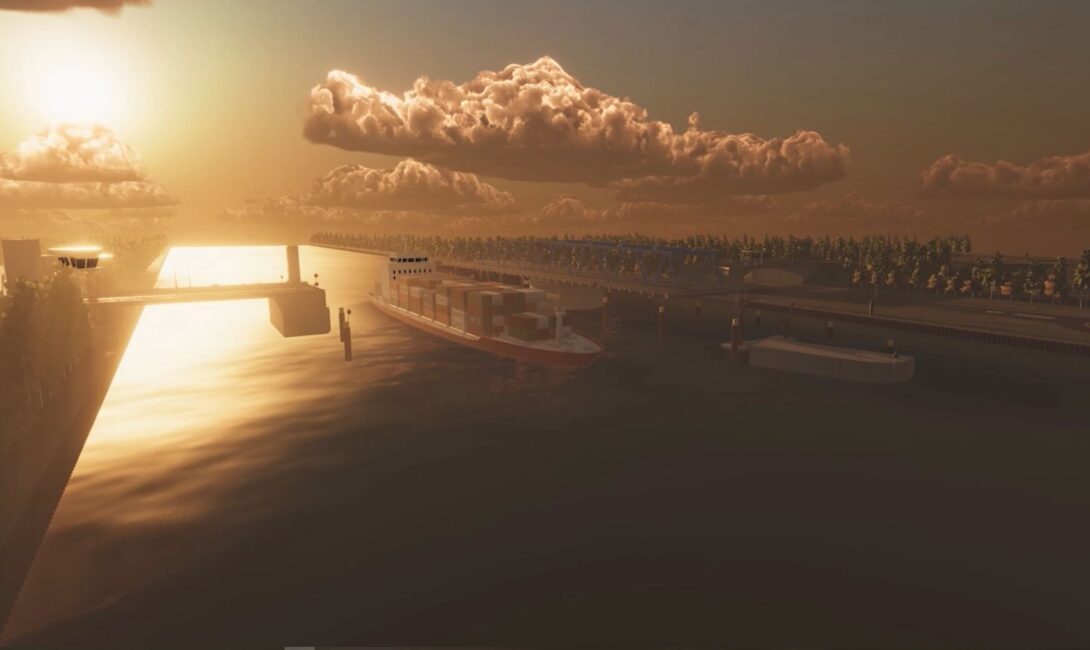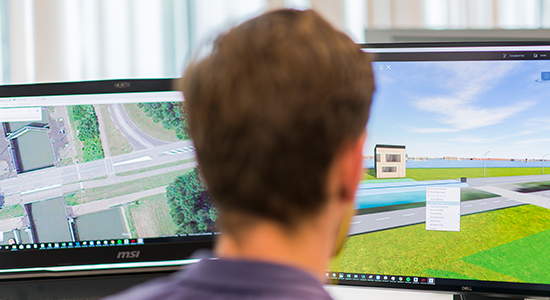Project description
The swing bridges at Sas van Gent and Sluiskil date from the late 1960s. These were at the end of their lifespan, which increased the risk of breakdowns. The Rijkswaterstaat had work carried out to ensure the Zeeland-Flemish Canal Zone remains easily and safely accessible by road and water in the future. (The Rijkswaterstaat is the public agency responsible for public works and water management.)
The bridge work at Sas van Gent and Sluiskil will finish in June 2022. The Rijkswaterstaat replaced the electrical and control systems of the bridges. Work on the bridges started in 2020. The work included the laying of more than 70 km of new cables, replacing all lighting with more than 200 LED lights, and installing 36 fixed and 6 movable cameras, 20 new barriers, 52 new lighting masts, 4 large information boards for shipping traffic, and approximately 150 control cabinets. The swing bridge system upgrades were completed at Sluiskil in March 2022, then at Sas van Gent in May and June.
The bridges are now ready for remote operation. Operators at the Nautical Centre in Terneuzen now control the bridges.
Virtual preparation
The Sluiskil bridge is one of the most important traffic intersections between Ghent and Paris and was closed for 4 weeks for road and rail traffic. Very little time was left for real-life operational testing of the bridge.
So, a special simulation tool was developed to virtually open and close the swing bridge. A real-life version is shown on the screens with all possible traffic scenarios for road vehicles, shipping, and rail transport. Some three shipping operators (working at the Nautical Centre Terneuzen) trained on how to use this tool to operate this bridge remotely.
The simulation tool developed was a part of the renovation and supervision work for the operation, control, and monitoring system.
Our approach
Infranea’s contribution to the project was the digital training environment (simulator) for operating the Sluiskil bridge. The project started with the 3D modelling of all objects, such as lighting masts, traffic controllers, barriers, etc. And then incorporated the surrounding environment, such as the infrastructure, bridge, and vegetation. All of these were converted into a high-performance Virtual Reality model. Based on the operations protocol, our development team then added the operating plan, operating processes (including interactive operation with the buttons on the communication panel), and CCTV cameras to the environment. Various modules were also added for the weather conditions and the ability to interactively add shipping, vehicles, and trains from a library.
We used the scrum methodology to safeguard the scope of the various products, involve all stakeholders within the project in the various phases, and repeatedly iterate steps to achieve the final result. A multifaceted, collaborative work method allowed us to deliver the product within the set budget and deadlines.

It’s nice to know we can use technology to reduce the gridlock period.
Leobert van der Wielen, Technical manager at Rijkswaterstaat








